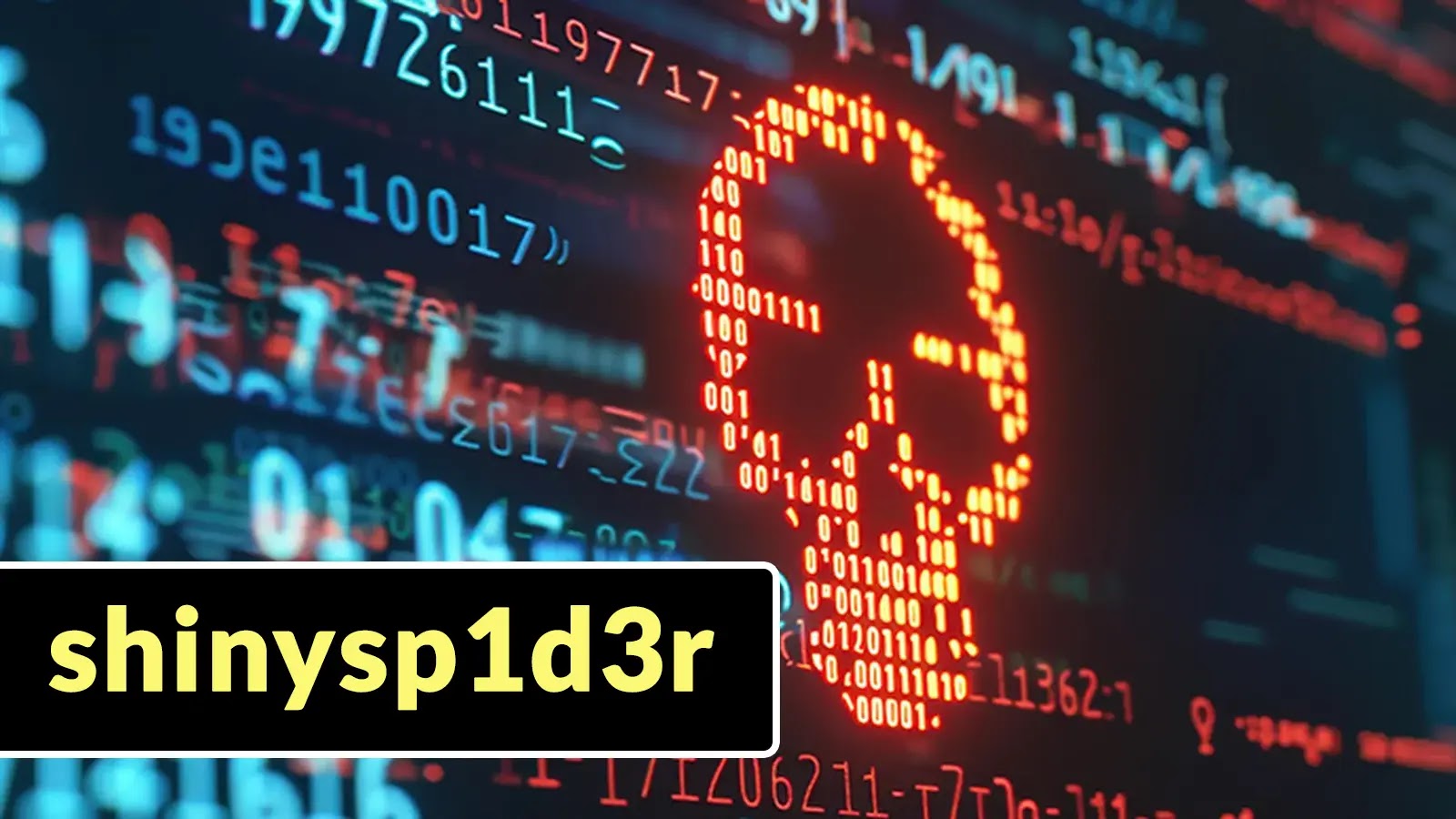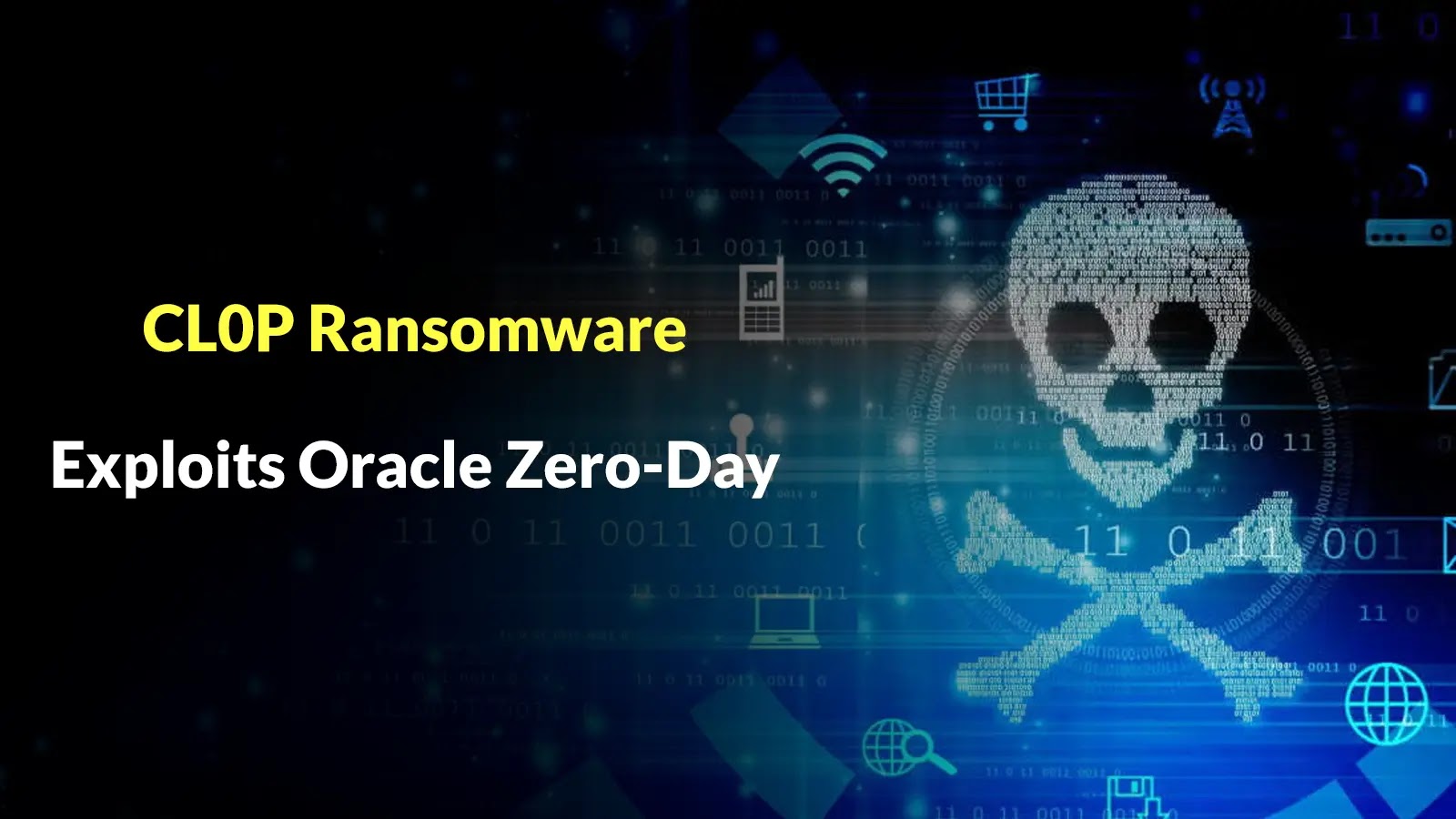Building a Robust MSP Tech Stack: Essential Software Solutions for Success
In the rapidly evolving landscape of managed services, equipping your business with the right technology stack is paramount. Managed Service Providers (MSPs) face a myriad of challenges daily, from managing diverse client environments to ensuring robust cybersecurity measures. This article delves into the critical pain points MSPs encounter and outlines the essential software solutions that can address these challenges, thereby enhancing service delivery and client satisfaction.
Key Challenges Faced by MSPs
1. Managing Complex and Diverse Environments
As MSPs expand their client base, they often encounter a wide array of IT infrastructures. Some clients may rely heavily on on-premises systems, while others adopt a cloud-first approach. Balancing these diverse environments without standardized and unified systems can lead to operational inefficiencies and increased complexity.
2. Manual Processes and Time Constraints
Relying on manual routines, such as on-site visits and manual problem detection, can be time-consuming and inefficient. Without proper automation, these processes can drain valuable resources, leading to decreased productivity and potential client dissatisfaction.
3. Evolving Cybersecurity Threats
The cybersecurity landscape is continually changing, with new threats emerging regularly. Clients expect MSPs to provide comprehensive data protection, which requires staying updated on the latest cyber threats and implementing effective security measures.
4. Scalability and Standardization
As MSPs grow, addressing client issues individually becomes increasingly challenging. Without standardized processes and tools, managing a diverse client base can lead to operational chaos and diminished service quality.
5. Effective Communication and Reporting
Clear communication and transparent reporting are vital for understanding client needs and demonstrating the value of services provided. Without automated reporting tools, showcasing the effectiveness of services and justifying client investments can be difficult.
Essential Software Solutions for MSPs
To navigate these challenges effectively, MSPs should integrate the following software solutions into their tech stack:
1. Remote Monitoring and Management (RMM) Tools
RMM tools enable MSPs to monitor client systems proactively, perform maintenance tasks remotely, and automate routine processes. This reduces the need for on-site visits and allows for efficient management of multiple client environments.
2. Professional Services Automation (PSA) Software
PSA software streamlines business operations by integrating project management, billing, and customer relationship management (CRM) into a single platform. This facilitates better resource allocation, time tracking, and overall operational efficiency.
3. Backup and Disaster Recovery Solutions
Implementing robust backup and disaster recovery solutions ensures data integrity and quick recovery in case of data loss incidents. This is crucial for maintaining client trust and meeting service level agreements (SLAs).
4. Security Information and Event Management (SIEM) Systems
SIEM systems provide real-time analysis of security alerts generated by hardware and software infrastructure. They help in identifying and mitigating potential security threats promptly, thereby enhancing the overall security posture.
5. Patch Management Software
Keeping client systems updated with the latest patches is essential for security and performance. Patch management software automates the process of identifying, acquiring, and applying patches to systems, reducing vulnerabilities.
6. Documentation and Knowledge Management Tools
Maintaining comprehensive documentation of client environments, configurations, and procedures aids in efficient service delivery and troubleshooting. Knowledge management tools facilitate the organization and retrieval of this information.
7. Remote Access and Support Solutions
Secure remote access tools allow technicians to troubleshoot and resolve client issues without being physically present, leading to faster response times and increased client satisfaction.
8. Network Management and Monitoring Tools
These tools provide visibility into network performance, helping MSPs detect and resolve issues proactively, ensuring optimal network health and performance for clients.
9. Endpoint Detection and Response (EDR) Solutions
EDR solutions monitor endpoint activities to detect and respond to potential threats, providing an additional layer of security against cyberattacks.
10. Client Communication and Reporting Platforms
Effective communication platforms facilitate seamless interaction with clients, while reporting tools provide transparent insights into the services delivered, demonstrating value and fostering trust.
Conclusion
Building a comprehensive and efficient tech stack is crucial for MSPs aiming to deliver top-notch services and maintain a competitive edge. By integrating the essential software solutions outlined above, MSPs can address common challenges, enhance operational efficiency, and provide exceptional value to their clients.



